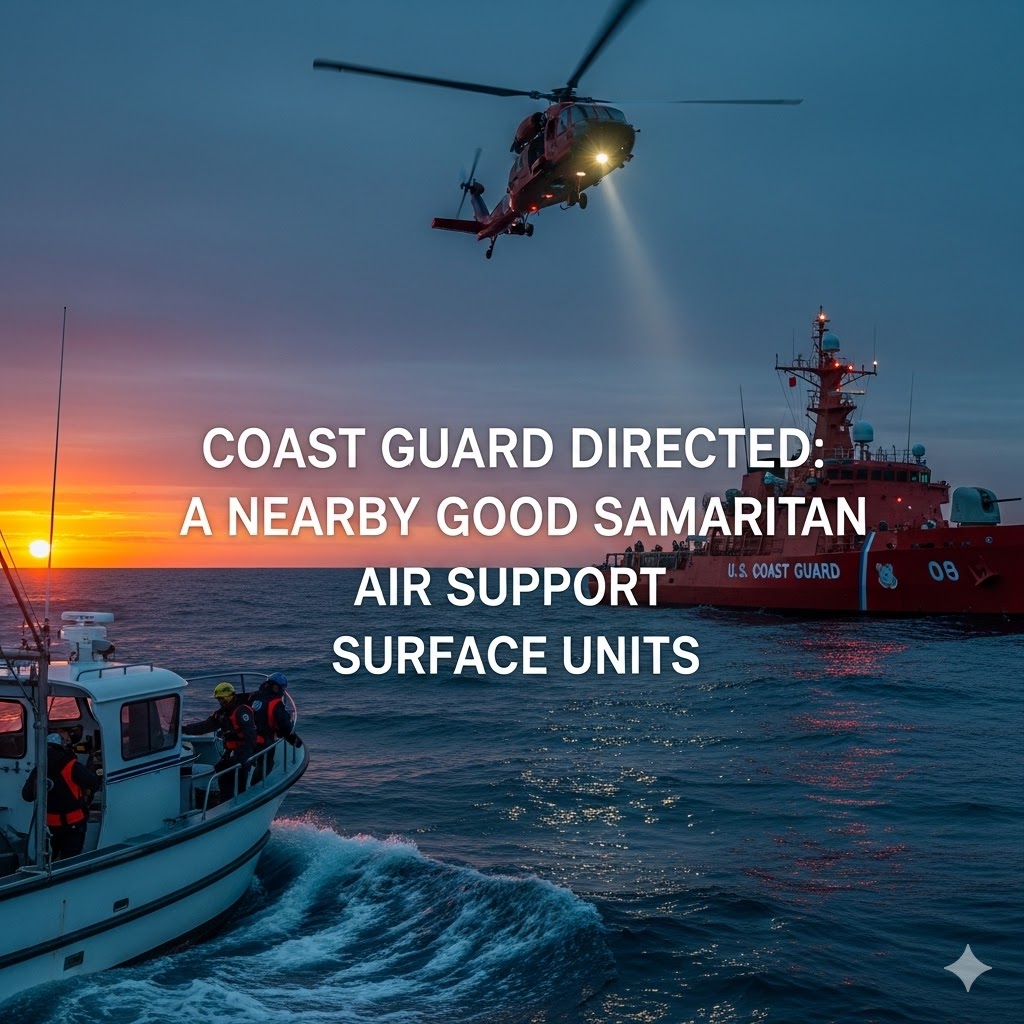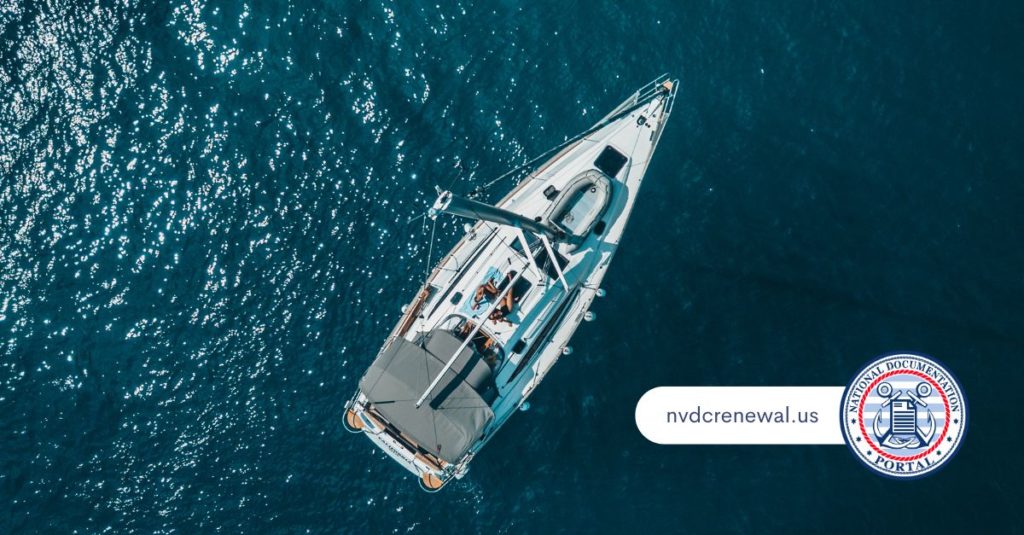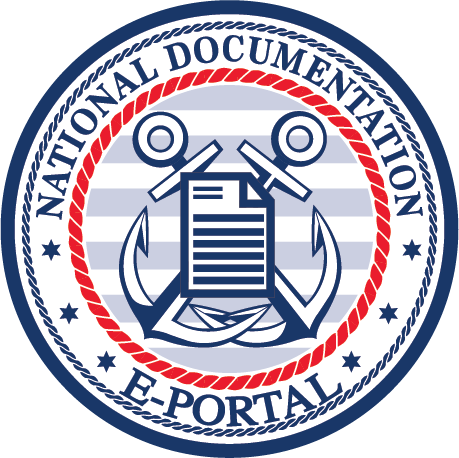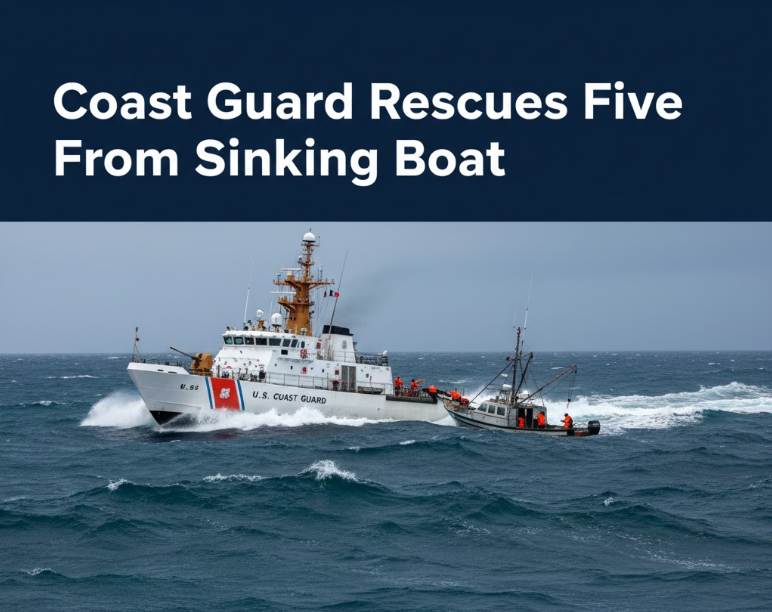A recent rescue off Cape Hatteras once again showed how quickly conditions can change on the water. A 40-foot sailboat began taking on water roughly 110 miles off the coast. The crew aboard signaled distress. The Coast Guard coordinated a fast response across air and sea assets to reach them. The rescued mariners were safely transported to shore. Moments like this highlight the importance of preparedness. For the Coast Guard, that means being able to take action at a moment’s notice. For boat owners, it can mean having the right. Coast Guard documentation.

The conditions near Cape Hatteras are known for strong currents and unpredictable swells. A breakdown, hull breach, or navigation error can escalate quickly. This incident provides an opportunity to look more closely at what happened, what it means for boaters, and how vessel documentation fits into safe and responsible operation.
The Coast Guard Rescue at Sea
The sailboat’s crew contacted rescue authorities through emergency communication equipment. A distress signal traveled from the vessel to the Coast Guard, setting off a coordinated response. A tanker in the area responded to assist while air and surface units set course for the location.
The Coast Guard directed:
- A nearby Good Samaritan vessel to assist
- Air support to locate and monitor the scene
- Surface units capable of taking passengers aboard
A rescue helicopter crew hoisted the five individuals from the sailboat. They were transported to Coast Guard Air Station Elizabeth City. No injuries were reported. Swift coordination made the rescue successful.
This kind of operation relies on training, vessel readiness, and communication protocols that have been refined over decades. Off the North Carolina coast, rapid current shifts can make even well-equipped vessels vulnerable.

Coast Guard Responsibilities During Emergencies
The paperwork that proves vessel status does not prevent emergencies. However, it does clarify ownership and classification. If a vessel is federally documented, it carries certain identifiers recognized across many different kinds of hailing port and waterway.
During rescue coordination, clear identifying information supports:
- Faster vessel identification
- Verified ownership recognition
- Simplified communication with authorities
Our service provides access to forms required to apply for or maintain federal vessel documentation. We make these forms available in a streamlined online format so vessel owners may file them directly.
Seasonal Risks
This rescue occurred during a period of shifting seasonal weather systems. Fall and early winter conditions along the Atlantic seaboard can include sudden storms, cold fronts, and unstable wave patterns.
Sailors and powerboat operators may face:
- Reduced visibility
- Quick wind direction shifts
- Strong offshore currents
- Lower water temperatures
Operating during these months requires preparation. Reliable hull integrity, engine condition checks, float plans, and communication devices can make a critical difference.

Coast Guard Documentation for Sailboat Owners
For vessels meeting the tonnage and usage requirements, federal documentation may be required or preferred. Vessel documentation follows specific rules established under federal law.
Vessel owners often seek documentation to:
- Establish a recognized national vessel status
- Navigate across domestic and international waters
- Record ownership information with the federal registry
Our portal provides access to forms to apply for, update, or manage federal vessel documentation. We make these forms accessible in one place.
Coast Guard Documentation and Communication Preparedness
This rescue shows how essential communication is. The sailboat’s crew successfully made contact in time for help to arrive. Without communication equipment, outcomes can change quickly.
Safe operators often check:
- VHF radio function
- Distress signaling devices
- Backup power sources
- Battery and emergency beacons
The paperwork associated with vessel documentation does not replace safety equipment. Instead, it complements responsible operation. Your vessel’s status and identification are part of your overall readiness.
Coast Guard Documentation for New Vessel Owners
When someone acquires a vessel, they may begin with a certificate of documentation lookup to verify the vessel’s history. This step helps confirm recorded ownership before filing related paperwork. Our portal offers access to federal forms necessary to apply for documentation once ownership is established.
New vessel owners may also review:
- The size and tonnage requirements
- Whether the vessel’s intended use requires federal documentation
- How documentation interacts with state-level registration requirements
Clear records help vessel operators maintain compliance when heading offshore.
Coast Guard Documentation: One More Thing You May Need Before You Leave Shore
If a vessel owner intends to secure financing, a preferred ship mortgage may be recorded against a federally documented vessel. This is part of the legal structure associated with certain financing situations. This process relies on accurate vessel documentation records. We provide the forms required to apply for or maintain federal documentation but do not participate in financing or mortgage transactions.
Coast Guard crews train for hoisting rescues in unpredictable seas. These operations require precise flight control, timing, and communication among crew members.
The mariners aboard the sailboat were successfully lifted to safety. The vessel was taking on water and not recoverable at the time of rescue. While the loss of equipment is significant, preservation of life remains the central priority.
Responsible boaters plan for the possibility of equipment failure. Training exercises in controlled environments can prepare operators to respond under pressure.
Safe boating practices during transitional weather seasons include:
- Inspecting sails, rigging, and hull integrity
- Using safety harnesses in rough conditions
- Establishing watch rotations for fatigue management
- Confirming communication devices before departure
These measures add layers of safety that support safe travel.
Coast Guard rescues, like the one off Cape Hatteras, highlight the heroism of the brave men and women who wear the uniform.
They also stand as a testament to the need for preparation. You’ve no doubt heard the cliche: “no one plans to fail. Documentation, training, equipment, and planning together support safe and lawful operation on the water. Safe travels.

